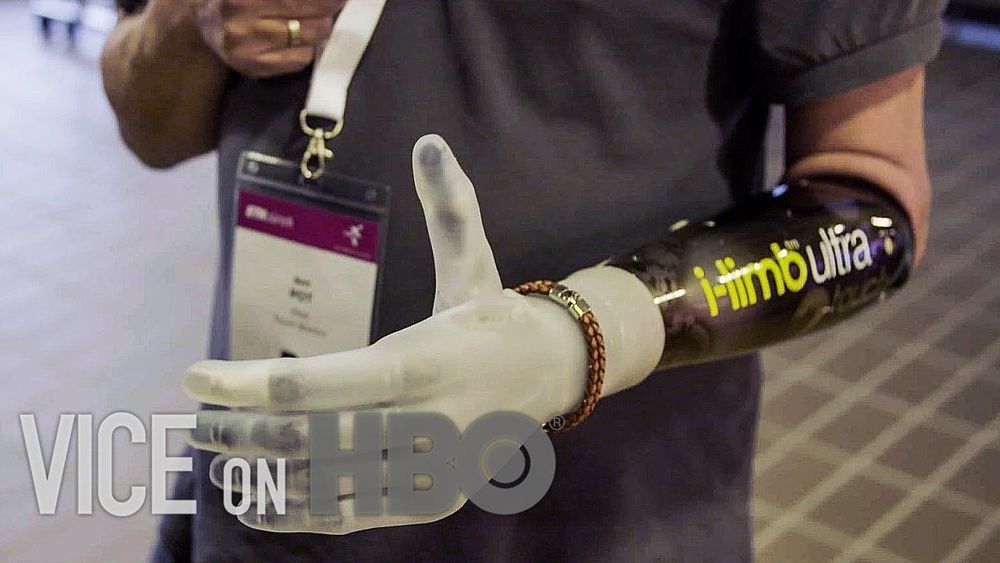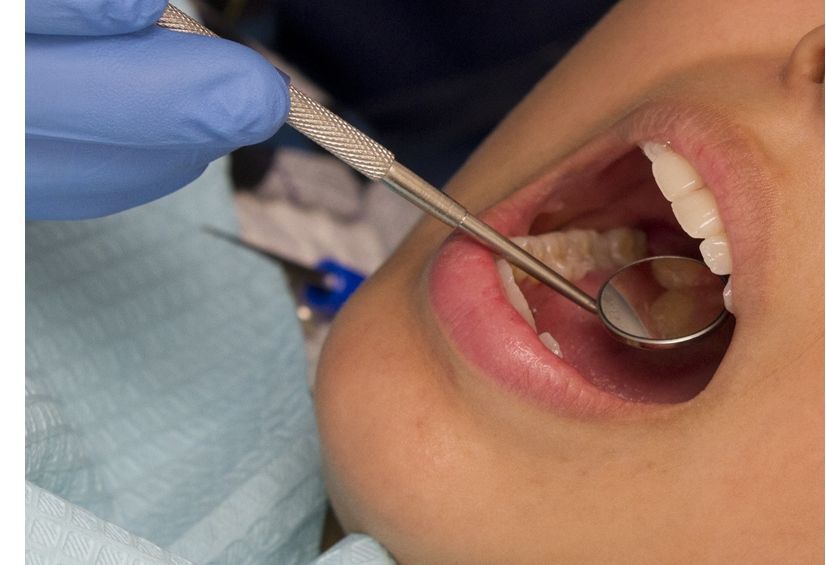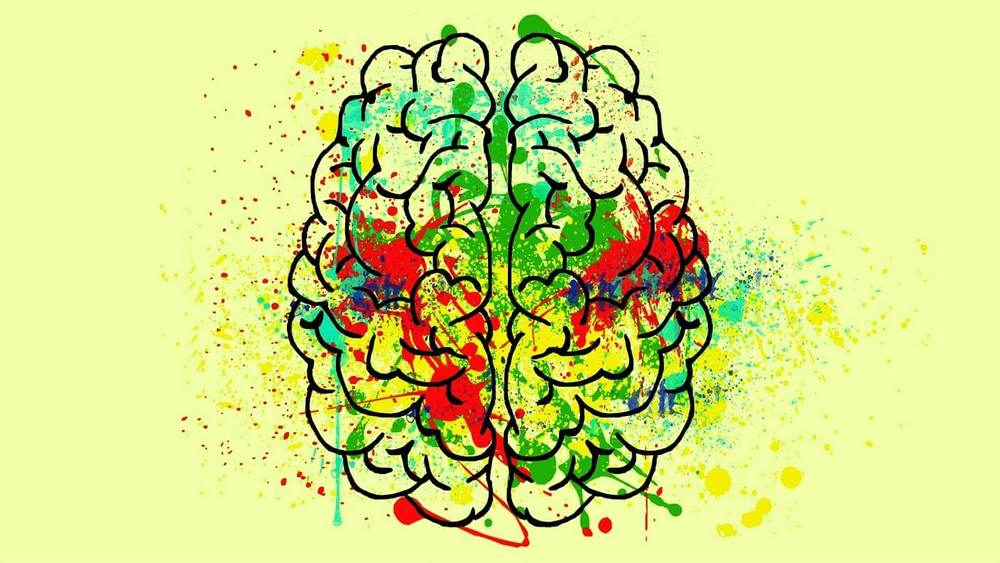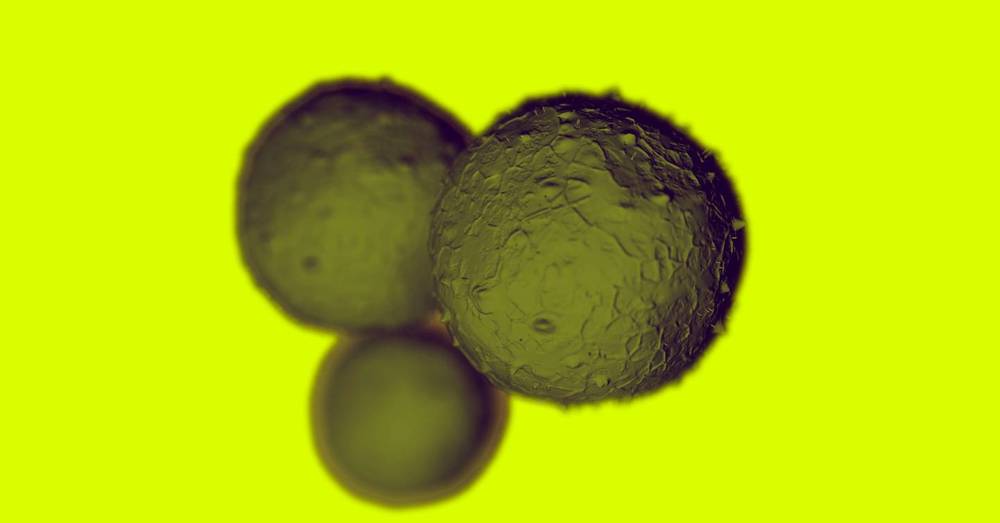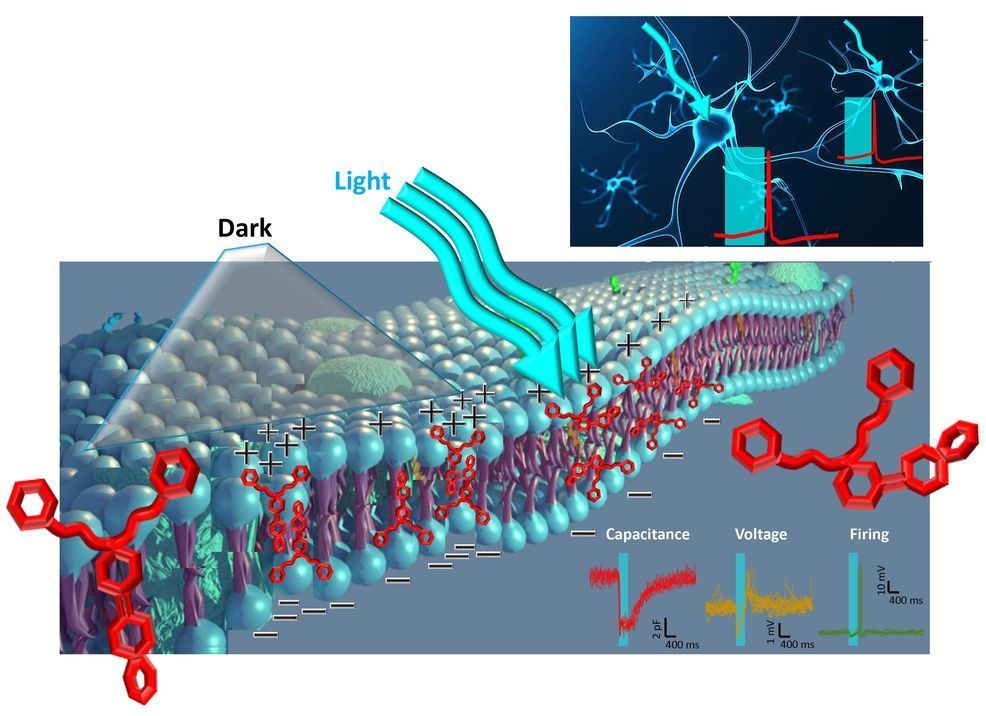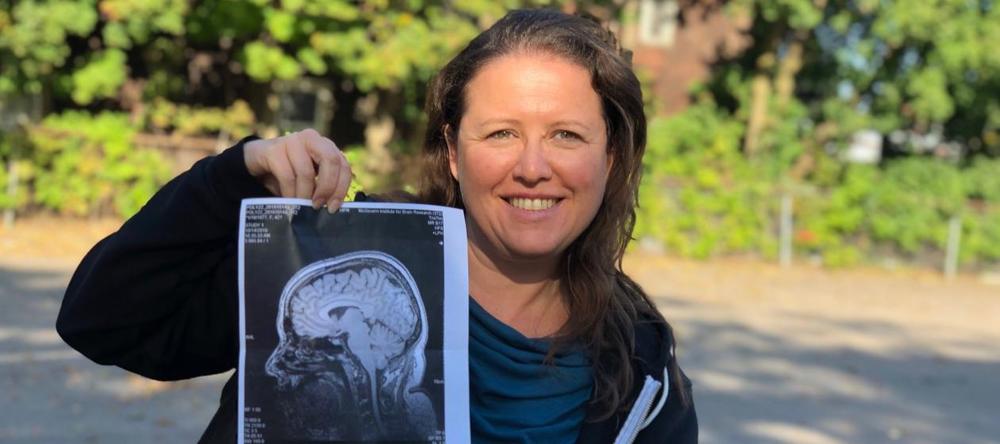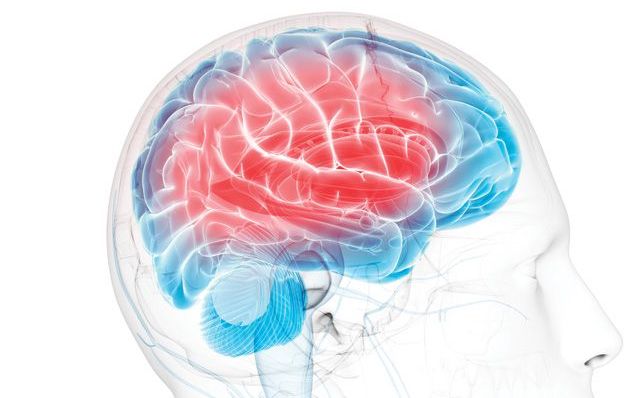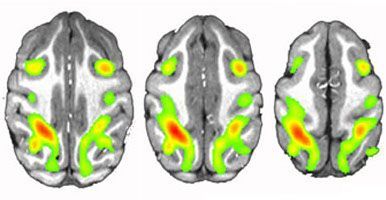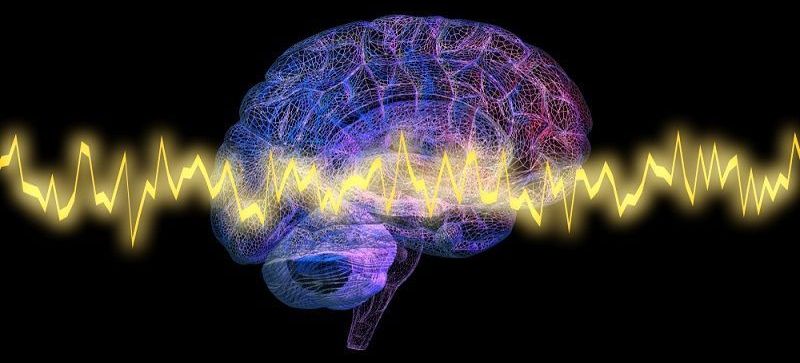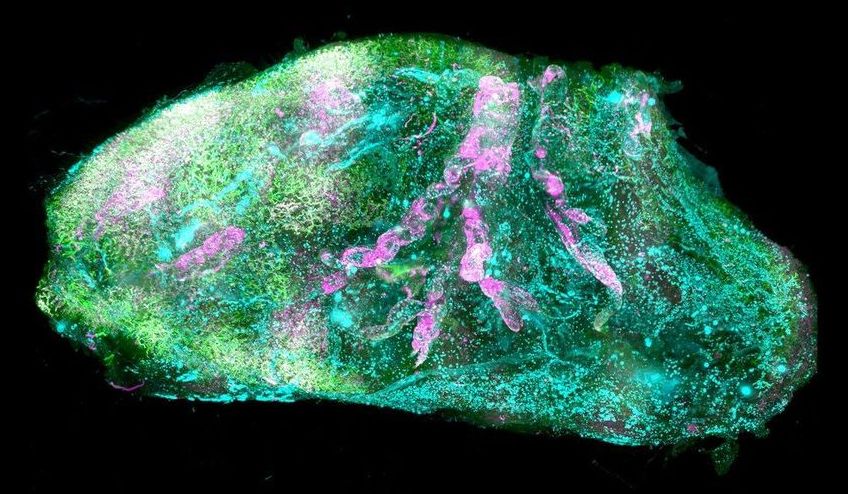Feb 25, 2020
How Bionic Limbs Are Changing Lives | VICE on HBO
Posted by Derick Lee in categories: bioengineering, computing, cyborgs, neuroscience, transhumanism
A bionic revolution is brewing, as recent advancements in bioengineering have brought about scientific breakthroughs in rehabilitation for people with disabilities. The most cutting edge research is happening inside the human brain, where implanted technology allows people to communicate directly with computers, using their thoughts.
VICE’s Wilbert L. Cooper travels to Zurich to see the first-ever bionic Olympics and discovers a host of technologies that are expanding what it means to be human.
Continue reading “How Bionic Limbs Are Changing Lives | VICE on HBO” »
